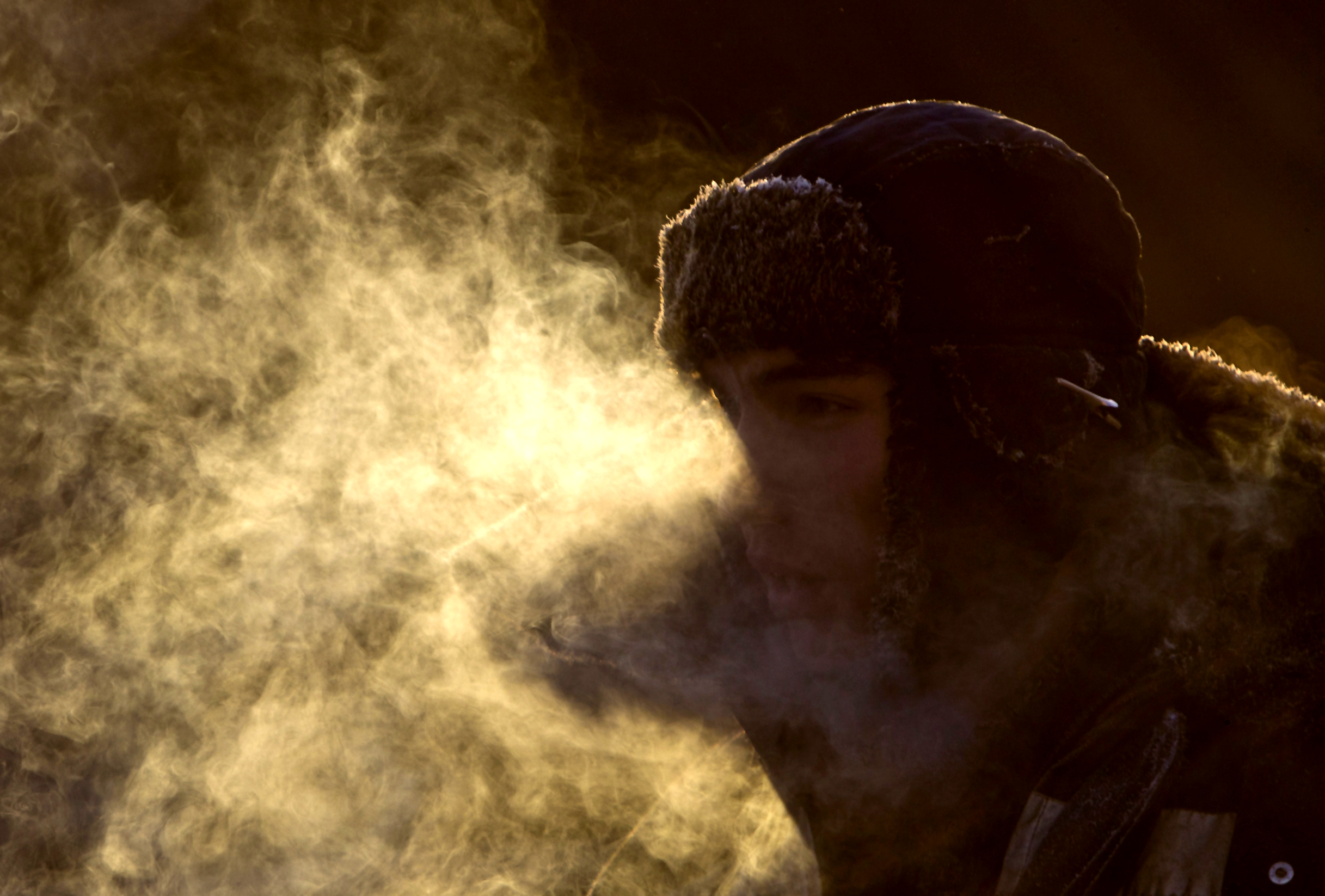
views
Large parts of north India reeled under numbing cold on Tuesday with the mercury remaining below the freezing point at most places in Jammu and Kashmir, while dense fog in the early hours of the morning hit road and rail traffic movement. The mercury rose a few notches in Delhi, bringing its residents some respite from the cold.
In Jammu and Kashmir, Srinagar recorded a low of 1.8 degrees Celsius on Monday night, up from 0.9 degrees the night before, officials said. Qazigund, the gateway to the Valley, registered a minimum temperature of minus 0.8 degrees Celsius, while Kokernag in south Kashmir recorded a low of minus 3.6 degrees, they said.
The mercury settled at 2.7 degrees Celsius in Kupwara and minus 3.2 degrees Celsius in Pahalgam. It remained below the 10-degree mark across weather stations in the Valley.
As the cold wave settles in, many will see their breath come out in a ‘fog-like’ way. Why does this happen? News18 explains.
This Happens Due to Science
You may already be aware that when you breathe in, your body absorbs oxygen from the surrounding environment. When you exhale, your lungs release carbon dioxide back into the atmosphere. However, your exhaled breath contains more than just carbon dioxide; it also contains nitrogen, oxygen, and argon.
Moisture is present in your breath when you exhale (breathe out). Because your mouth and lungs are moist, each exhalation contains a trace of water in the form of water vapour (the gas form of water).

Water requires enough energy to keep its molecules moving in order to remain a gas in the form of water vapour. This isn’t an issue inside your lungs, where it’s nice and warm, a report by Wonderopolis explains.
When you exhale and it’s cold outside, the water vapour in your breath quickly loses its energy. Rather than continuing to move freely, the molecules begin to crowd together. They slow down and begin to change into either liquid or solid forms of water as they do so.
Condensation is the scientific term for this process. When you exhale when it’s cold outside, the water vapour in your breath condenses into a cloud of liquid water and ice (solid water) that you can see in the air as fog.
However, when it is warm outside, the invisible water vapour gas remains invisible because the warm air provides energy that allows the water vapour to remain a gas. As the temperature drops, you’ll be able to see your breath more clearly.
There is no precise temperature at which condensation occurs. Condensation can be caused by a variety of environmental factors other than temperature, including relative humidity (the amount of moisture in the air). When the temperature drops below 45° F (7.22° C), you can usually see your breath.
Read all the Latest Explainers here
















Comments
0 comment